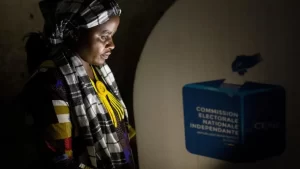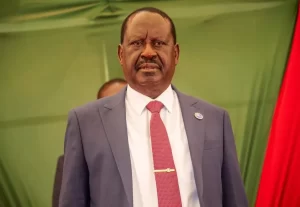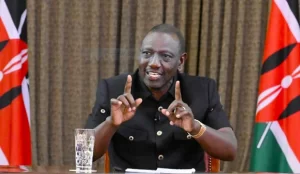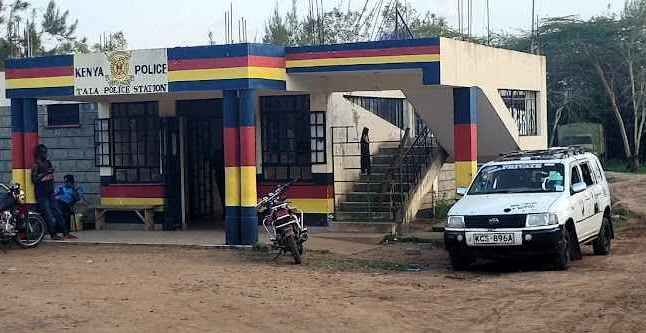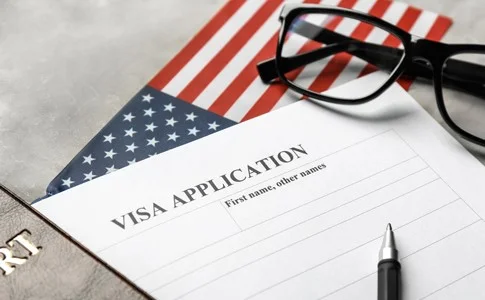
Table of Contents:
- Introduction
- Determining the Visa Type
- Online Visa Application (DS-160)
- Paying the Visa Fee
- Scheduling a Visa Appointment
- Attending the Visa Interview
- Visa Processing Time
- Visa Decision and Passport Return
- Frequently Asked Questions (FAQs)
9.1. What is the difference between immigrant and non-immigrant visas?
9.2. How long does the visa application process typically take?
9.3. What documents are required for a U.S. visa application?
9.4. Can I reschedule my visa interview appointment?
9.5. What should I do if my visa application is denied? - Conclusion
1. Introduction:
Applying for a U.S. visa can be a crucial and sometimes complex process, but understanding the steps involved can make it more manageable. Whether you’re planning a business trip, family visit, or educational endeavor, this guide outlines the essential steps to navigate the U.S. visa application process successfully.
2. Determining the Visa Type:
Before initiating the application, identify the type of visa that aligns with your purpose of travel. The U.S. offers various visa categories, including tourist visas, work visas, and student visas. Each category has specific requirements, so choosing the correct one is vital.
3. Online Visa Application (DS-160):
The first formal step is completing the Online Nonimmigrant Visa Application (DS-160). This form collects essential information about the applicant, including travel plans, intended length of stay, and personal details. Ensure accuracy and thoroughness as the information provided will be used for the visa interview.
4. Paying the Visa Fee:
After completing the DS-160, applicants are required to pay the visa application fee. The payment process varies depending on the visa type and can typically be done online. Keep the payment receipt, as it will be needed for scheduling the visa appointment.
5. Scheduling a Visa Appointment:
Once the visa fee is paid, applicants can schedule a visa appointment at the U.S. Embassy or Consulate in their home country. It’s advisable to schedule the appointment well in advance, as waiting times may vary. The appointment is a critical step as it leads to the next stage – the visa interview.
6. Attending the Visa Interview:
The visa interview is a pivotal part of the application process. Applicants should arrive at the embassy or consulate on the scheduled date and time. During the interview, a consular officer will assess the application, ask questions, and verify the purpose of travel. Be prepared to provide supporting documents and answer questions truthfully.
7. Visa Processing Time:
After the interview, the application undergoes a processing period. The time taken varies depending on factors such as the type of visa and the volume of applications. Applicants can check the status of their application through the embassy or consulate’s online tracking system.
8. Visa Decision and Passport Return:
Following the processing period, applicants will be notified of the visa decision. If approved, the passport will be returned to the applicant with the visa stamped. In case of a denial, the applicant will receive a letter explaining the reasons for the decision.
9. Frequently Asked Questions (FAQs):
What is the difference between immigrant and non-immigrant visas?
Immigrant visas are for those intending to live permanently in the U.S., while non-immigrant visas are for temporary stays, such as tourism, work, or study.
How long does the visa application process typically take?
The processing time varies, but it’s recommended to start the application process well in advance of the intended travel date.
What documents are required for a U.S. visa application?
Required documents vary by visa type but may include a valid passport, DS-160 confirmation, visa fee receipt, and supporting documentation demonstrating the purpose of travel.
Can I reschedule my visa interview appointment?
In many cases, applicants can reschedule their appointments online, but availability may be limited.
What should I do if my visa application is denied?
If your application is denied, the denial letter will provide information on the reason. You may have the option to reapply, depending on the circumstances.
10. Conclusion:
Navigating the steps to apply for a U.S. visa requires careful attention to detail and adherence to the outlined procedures. By understanding the process and preparing thoroughly, applicants can enhance their chances of a successful visa application. Remember that each step plays a crucial role, and any uncertainties should be clarified with the relevant embassy or consulate.


